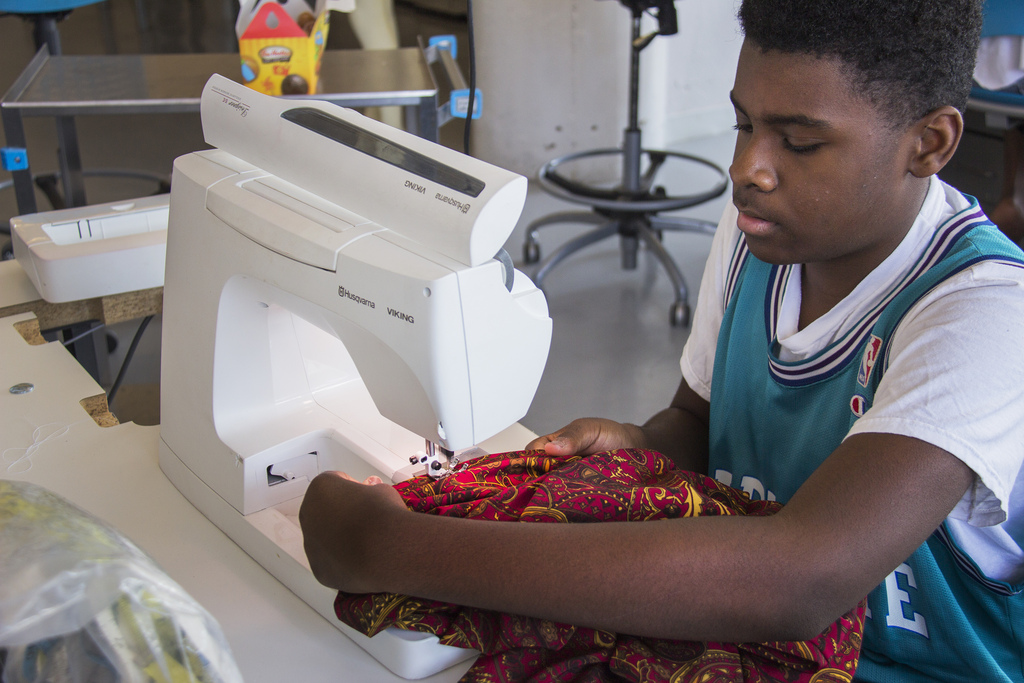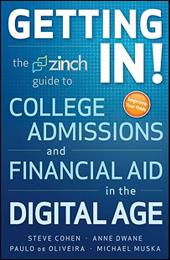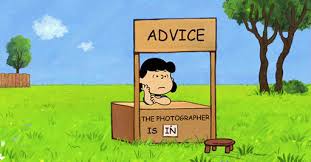Sign up for my FREE parent tips email and get my FREE Ebook on college financing! Or subscribe to my blog on the left and get email updates.
Wednesday’s child may be full of woe but Wednesday’s Parent can substitute action for anxiety. Each Wednesday Wendy and I will provide parent tips to get and keep your student on the college track. It’s never too late or too early to start!
Wednesday’s Parent will give twice the info and double the blog posts on critical parenting issues by clicking on the link at the end of the article from pocsmom.com to parentingforcollege and vice versa.
_________________
Straight Talk about Peer Pressure

If your friend jumped off a bridge would you do it?
This is a classic parental adage. I can’t count how many times my parents uttered that statement to me. My childhood consisted of daily reprehensible acts that I’m sure made my mother cringe in terror. I took every dare or challenge, even if it required any physical risk of life or limb. Oddly enough, I never broke a bone. I have many scares from cuts and scrapes, but never took a trip to any emergency room. Danger was exhilarating to me and I found pleasure in the simple acts of childhood defiance.
It seemed only fair that God would bless me with children who followed in my footsteps. My son was born with the same spirit of defiance. As a child, he was always “jumping off that bridge” and taking others with him. If it was dangerous, he was up for it. One hot summer day I came home from work to find him and some friends skateboarding off the roof into an above ground swimming pool. For months we had been trying to discern the cause of numerous indentations in the pool liner causing leaks. He had been doing this all summer long and crashing his skateboard into the bottom of the pool as he came off the roof. It did not even occur to him that this might be dangerous or risky. One of his friends had suggested they try it and he was more than willing to give it a shot.
My daughter, for most of her life, stood back and watched. She did very little “jumping off of bridges” until her last few years of high school. It was at this point that she decided to literally jump off her first bridge. One summer night, while driving to the beach with friends, they decided to stop on a bridge that crosses over an island with a small channel that passes from the Gulf of Mexico to the intercoastal canal. Apparently it was a common practice among teenagers to do this because there was a sign posted warning against it. That didn’t stop my daughter. She jumped off that bridge that night and continued to take dangerous risks all through her college years.
As parents it is our natural instinct to protect our children from danger. At a young age, we caution them about looking both ways before they cross the street. When they get older, we teach them to ride bicycles and warn them of the dangers of riding at night without reflectors. During their teenage years, our greatest fear is that they will get into the car with a reckless or drunk teen driver. And in college, we’re afraid they will do something to put their lives in jeopardy because they are impaired by alcohol. These peer pressures keep parents up at night and even the most stalwart of heart frightened.
If they don’t want to play with you, then find some other friends
When my kids were younger, I must have said this at least once a week. The simple fact is that kids can be cruel. They don’t care about hurting your kid’s feelings or making them cry. And a group of kids can be even crueler. Sadly, I have found that these same kids grow up to be teens and later adults. Those same kids that tortured you as a child continue to torture people as adults. It doesn’t matter what their groups are called: cliques, “the in-crowd”, fraternities, “junior league”, society, power circle, the “rich and famous”, or even the cool ones. They exclude the ones who are not like them.
What can you do about these “friends” that don’t want to play with you? The real question for me is why do you want to play with them at all? Why would anyone want to be that shallow, opinionated, callous, uncaring and insensitive? Why would anyone want to be accepted into a group that sets its values as money, power, prestige and the right address? You can strive your entire life to be accepted by these people, but when push comes to shove, they will never be friends. They let you play with them when it’s convenient or beneficial for them. They will never sacrifice any of their needs, wants or desires to meet you halfway or even try and see things from your point of view. They will never change. They have been that way since they were children and will continue to set their values and goals as they relate to the group they belong to.
My advice to anyone in this situation is to find some new “friends”. Find some friends that have the same values as you. Find some friends that are kind to those around them. Find some friends that sacrifice and give for others. Find some friends that speak to you in love and compassion, not judgment and condemnation. Quite frankly, this group is much larger than the ones who don’t play fair.
What’s a parent to do?
Unfortunately, you can’t keep your kids in a cocoon and protect them from themselves or their friends. And you can’t spend your whole life worrying about what they are doing with they are not with you. You can teach them basic survival skills and instill in them moral values. You can help them choose friends that don’t “jump off bridges”. You can give them every opportunity to take supervised risks so they will be less likely to take the dangerous kind.
When they come to you and ask to do something because “all their friends are doing it”, be a wise parent and don’t reach for the closest parental adage. Explain to them your reasons for concern and reaffirm your love for them. Make sure they aren’t giving in to peer pressure. Have them give you their reasons for wanting to go on a 5-day unsupervised trip to Mexico. After both sides have stated their cases, it is your responsibility as a parent to make the proper decision. Your kids may balk and scream and say they hate you forever. They may storm out of the room and slam the door when you tell them no. But even though you didn’t say it, you know that just because their friends “jump off bridges”, it doesn’t mean they have to follow.
Note: This is an excerpt from my book: Biscuits Taste Best with Chocolate Sauce (or Because I’m the Mother). Soon to be published in 2014.
For Wendy’s take on Peer Pressure, read her blog as well.
 One of the first things we learn growing up is that all of our actions have consequences. If we pull a glass of water off the table, it will spill all over us. If we touch a hot burner on the stove, it will burn. If we pick up a knife on the blade, it will cut us.
One of the first things we learn growing up is that all of our actions have consequences. If we pull a glass of water off the table, it will spill all over us. If we touch a hot burner on the stove, it will burn. If we pick up a knife on the blade, it will cut us.



 When deciding which pieces to include, look at your work as a group: What can each contribute to the portfolio? What does each communicate to the reviewer? Does the piece showcase a skill-set? Order also is important. The first piece in the portfolio should make a strong statement and set the tone for the rest of the presentation. The following pieces should show ability, with the most expressive works placed in the middle.
When deciding which pieces to include, look at your work as a group: What can each contribute to the portfolio? What does each communicate to the reviewer? Does the piece showcase a skill-set? Order also is important. The first piece in the portfolio should make a strong statement and set the tone for the rest of the presentation. The following pieces should show ability, with the most expressive works placed in the middle.





